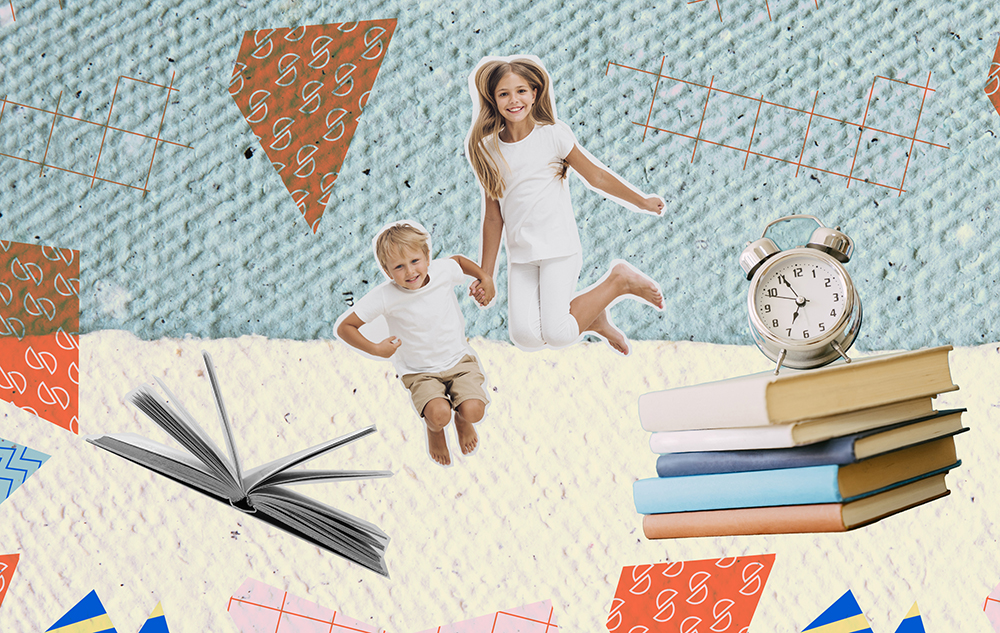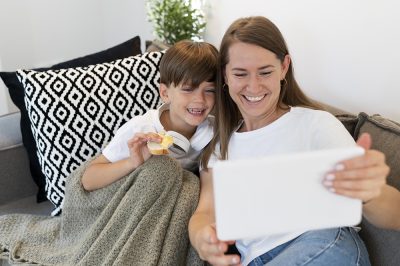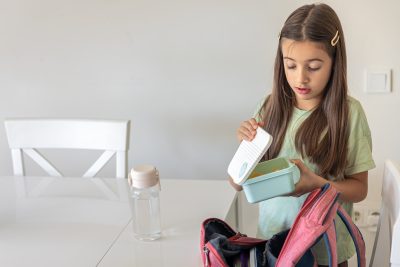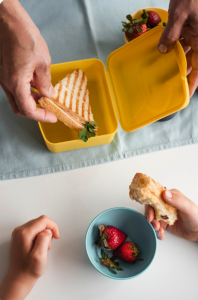Are You Eligible?
Our team helps guide you through the eligibility process

Back to school shifts are stressful in general, particularly to children with autism disorders who employ structure and routine to secure safety and comfort.If you’re wondering how to prepare a child with autism for back to school, the key lies in planning ahead, building familiarity, and providing emotional and sensory support. This guide contains professional-supported tips that would help relieve stress and provide a successful beginning of a school year.

Social stories have been used very effectively to enhance the level of social comprehension and alleviate anxiety among children with autism (Gray, 2000). You can learn more about using social stories effectively from the Indiana Resource Center for Autism.
Visual schedules and daily routines create predictability. Set up:
Routines support emotional regulation and have been linked to decreased anxiety in children on the spectrum (Boyd et al., 2011). Chech out our blog The Vital Role of Routines for more.
Make sure that each teacher and support staff members have a copy of your child’s IEP (Individualized Education Program). This ensures:
If possible, schedule a school visit before the first day to walk through classrooms, hallways, and playgrounds. This familiarization process can reduce first-day anxiety and confusion.

New clothes, backpacks, and lunchboxes can be triggering. Let your child and practice:
Role-playing school situations (raising a hand, asking for help, taking turns) helps your child build confidence. You can act out:
This practice helps children generalize these behaviors in the real setting.

Children with autism tend to be hypersensitive. Transitions can increase sensory overload and emotional distress. You can try:
You can also use a mood thermometer to help your child recognize and express emotions like calm, worried, or overwhelmed.
Despite all the preoccupation, always make space for fun. Go out for an ice cream, or have a park day. The more your child feels you are relaxed and enthusiastic about returning to school, the more comfortable they will become.
|
|
|
|